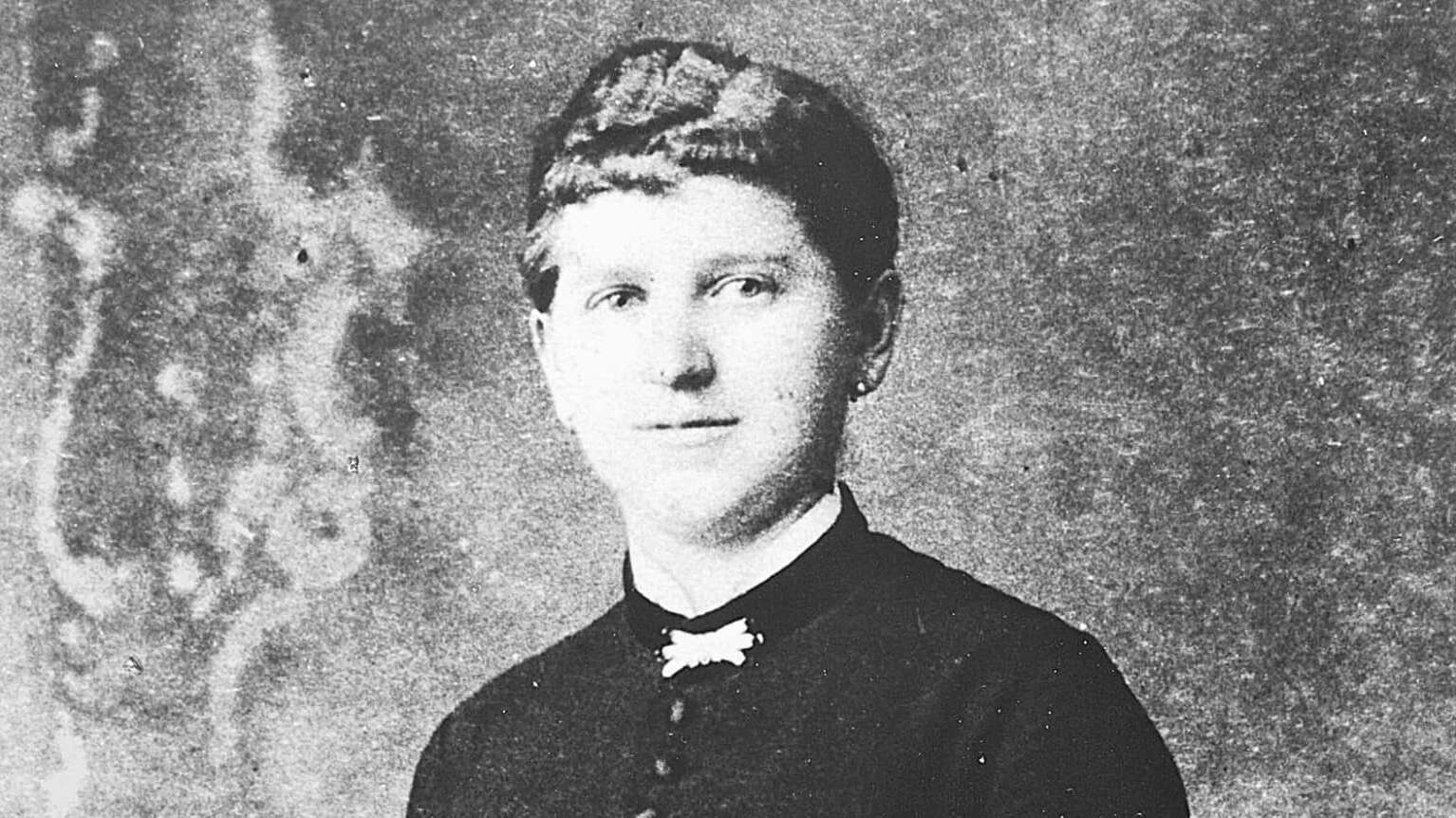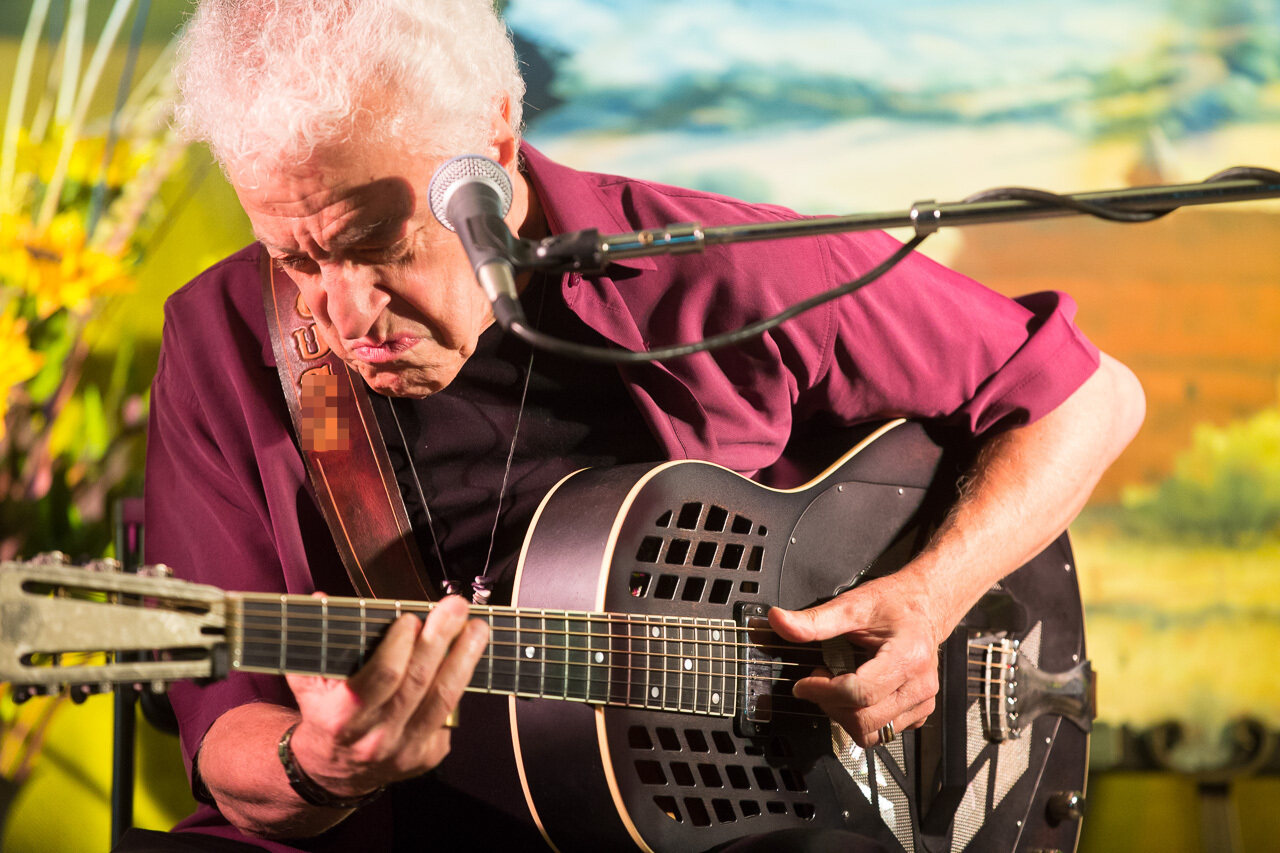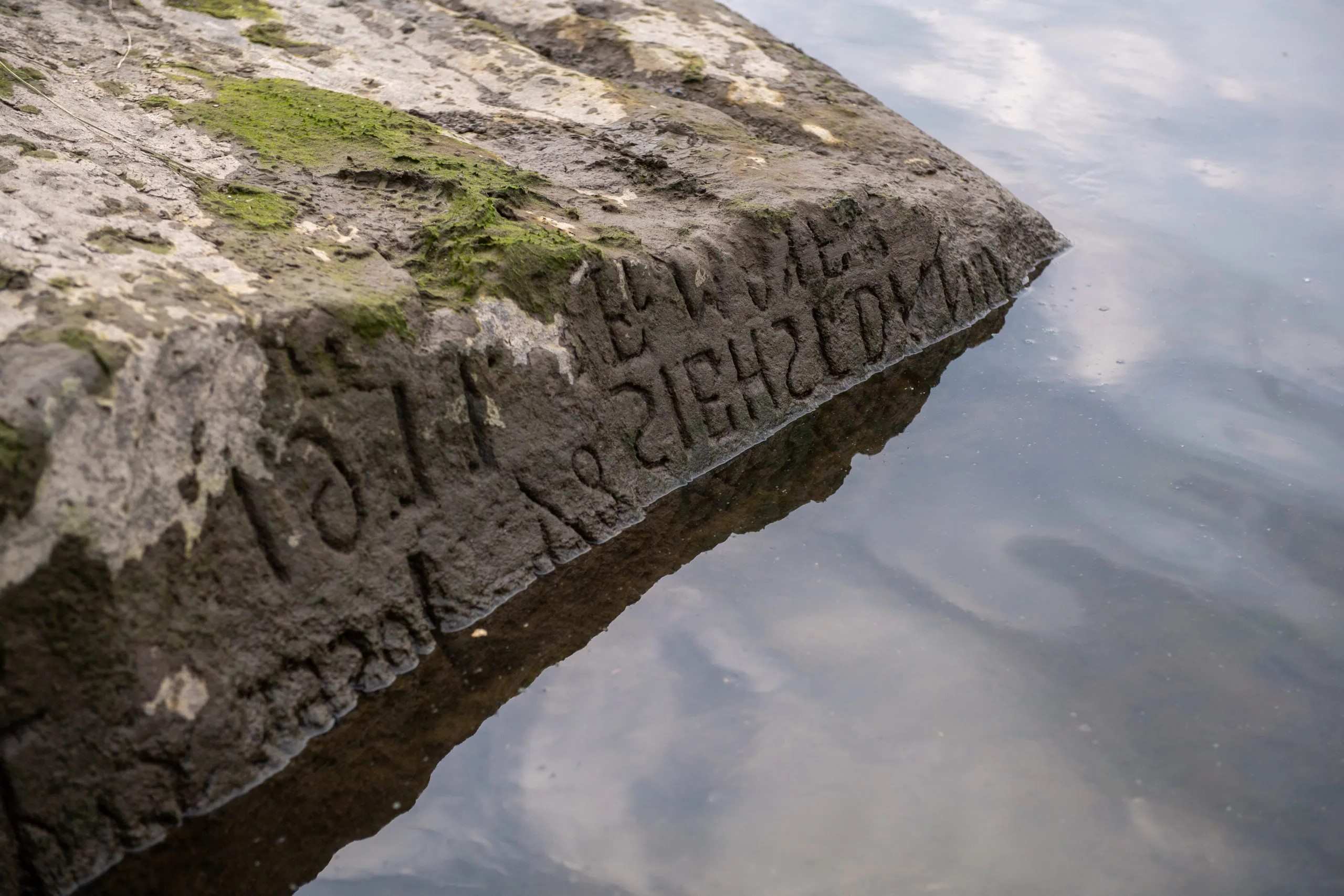
Who was Klara Hitler? Klara Hitler, born Klara Pölzl, was the mother of Adolf Hitler. Born on August 12, 1860, in Austria, she married Alois Hitler, her second cousin, in 1885. Klara's life was marked by personal tragedies, including the loss of several children. Despite these hardships, she remained a devoted mother to her surviving children, including Adolf. Klara's influence on Adolf has been a subject of much speculation among historians. She passed away on December 21, 1907, from breast cancer, leaving a profound impact on her son. Understanding Klara's life provides a glimpse into the early years of one of history's most infamous figures. This article delves into 43 intriguing facts about Klara Hitler, shedding light on her life, family, and the era she lived in.
Key Takeaways:
- Klara Hitler's life was marked by personal tragedy, devotion to her family, and a significant historical impact. Her influence on her son Adolf remained profound, shaping his life and actions.
- Understanding Klara Hitler's life provides a more comprehensive view of the Hitler family history and serves as a reminder of the complex and often tragic personal histories behind historical figures.
Early Life and Background
Klara Hitler, born Klara Pölzl, was a significant figure in history due to her connection to one of the most infamous leaders of the 20th century. Here are some intriguing facts about her early life and background.
- Klara Pölzl was born on August 12, 1860, in the small Austrian village of Spital.
- Her parents were Johann Baptist Pölzl and Johanna Hiedler, both of whom were of peasant stock.
- Klara was the youngest of three children in her family.
- She grew up in a modest household, typical of rural Austria at the time.
- Klara's family had connections to the Hiedler family, which would later intertwine with the Hitler lineage.
Marriage to Alois Hitler
Klara's marriage to Alois Hitler was a pivotal moment in her life, shaping her future and that of her children. Here are some key facts about their union.
- Klara married Alois Hitler on January 7, 1885.
- Alois was 23 years older than Klara, creating a significant age gap between them.
- Before their marriage, Klara worked as a housemaid in Alois's household.
- Klara was Alois's third wife; his previous two marriages had ended with the deaths of his wives.
- Their marriage was initially controversial due to their close familial ties; Klara was Alois's niece.
Motherhood and Family Life
Klara's role as a mother was central to her identity. She had several children, though not all survived to adulthood. Here are some facts about her family life.
- Klara gave birth to six children, but only two survived infancy: Adolf and Paula.
- Her first three children, Gustav, Ida, and Otto, died in infancy from various illnesses.
- Adolf Hitler, her fourth child, was born on April 20, 1889.
- Klara was known to be a devoted and loving mother, particularly to Adolf.
- Paula, her youngest child, was born on January 21, 1896.
Health and Personal Struggles
Klara faced numerous personal struggles, particularly concerning her health. These challenges had a profound impact on her life and family.
- Klara was diagnosed with breast cancer in 1907.
- She underwent a mastectomy in an attempt to treat the cancer.
- Despite the surgery, Klara's health continued to decline.
- Dr. Eduard Bloch, a Jewish physician, treated Klara during her illness.
- Klara's illness caused significant emotional strain on her family, especially Adolf.
Death and Legacy
Klara's death marked a turning point in her family's history, particularly for her son Adolf. Here are some facts about her death and legacy.
- Klara Hitler died on December 21, 1907, at the age of 47.
- Her death deeply affected Adolf, who was 18 at the time.
- Adolf Hitler later expressed profound grief over his mother's passing.
- Klara was buried in the cemetery at Leonding, near Linz, Austria.
- Her grave became a site of pilgrimage for some of Adolf Hitler's followers during his rise to power.
Relationship with Adolf Hitler
Klara's relationship with her son Adolf was complex and deeply influential. Here are some facts that shed light on their bond.
- Adolf Hitler often referred to his mother as "the only woman he ever loved."
- Klara was known to be very protective of Adolf, especially after the deaths of her other children.
- Adolf's artistic ambitions were encouraged by Klara, who supported his desire to attend art school.
- Klara's death is believed to have been a significant emotional trauma for Adolf, influencing his later life and actions.
- Despite her early death, Klara's influence on Adolf's life remained profound.
Historical Context and Impact
Klara Hitler's life was shaped by the historical context of late 19th and early 20th century Austria. Here are some facts about the broader historical impact of her life.
- Klara lived during a time of significant political and social change in Austria-Hungary.
- The rural village where she grew up was typical of the agrarian lifestyle of the time.
- Klara's marriage to Alois Hitler connected her to a family with a complex and controversial history.
- Her life and death occurred against the backdrop of the declining Austro-Hungarian Empire.
- Klara's story provides insight into the personal history of one of history's most infamous figures.
Lesser-Known Facts
There are many lesser-known facts about Klara Hitler that provide a more nuanced understanding of her life and character.
- Klara was known for her strong Catholic faith, which she practiced devoutly.
- She was described as a kind and gentle woman by those who knew her.
- Klara's household was run with strict discipline, a trait she inherited from her upbringing.
- Despite her modest background, Klara managed to maintain a respectable household.
- Klara's influence on her children, particularly Adolf, extended beyond her death.
Final Thoughts on Klara Hitler
Klara Hitler's life was marked by personal tragedy, devotion to her family, and a significant historical impact. Here are a few final facts to consider.
- Klara's life story is often overshadowed by her son's infamous legacy.
- Understanding Klara's life provides a more comprehensive view of the Hitler family history.
- Klara's legacy is a reminder of the complex and often tragic personal histories behind historical figures.
Final Glimpse at Klara Hitler
Klara Hitler's life, though often overshadowed by her infamous son, offers a unique perspective on history. Born in 1860, she faced numerous challenges, including the loss of several children. Her marriage to Alois Hitler was marked by both hardship and resilience. Despite her struggles, Klara remained a devoted mother, deeply influencing Adolf's early years. Her death in 1907 left a profound impact on him, shaping his future actions. Understanding Klara's life helps us grasp the complexities of historical figures and their backgrounds. Her story, filled with both sorrow and strength, reminds us of the human side of history. By exploring her life, we gain a deeper appreciation for the personal narratives that shape our world. Klara Hitler's legacy, though intertwined with dark history, provides valuable insights into the forces that mold individuals and their destinies.
Frequently Asked Questions
Was this page helpful?
Our commitment to delivering trustworthy and engaging content is at the heart of what we do. Each fact on our site is contributed by real users like you, bringing a wealth of diverse insights and information. To ensure the highest standards of accuracy and reliability, our dedicated editors meticulously review each submission. This process guarantees that the facts we share are not only fascinating but also credible. Trust in our commitment to quality and authenticity as you explore and learn with us.


